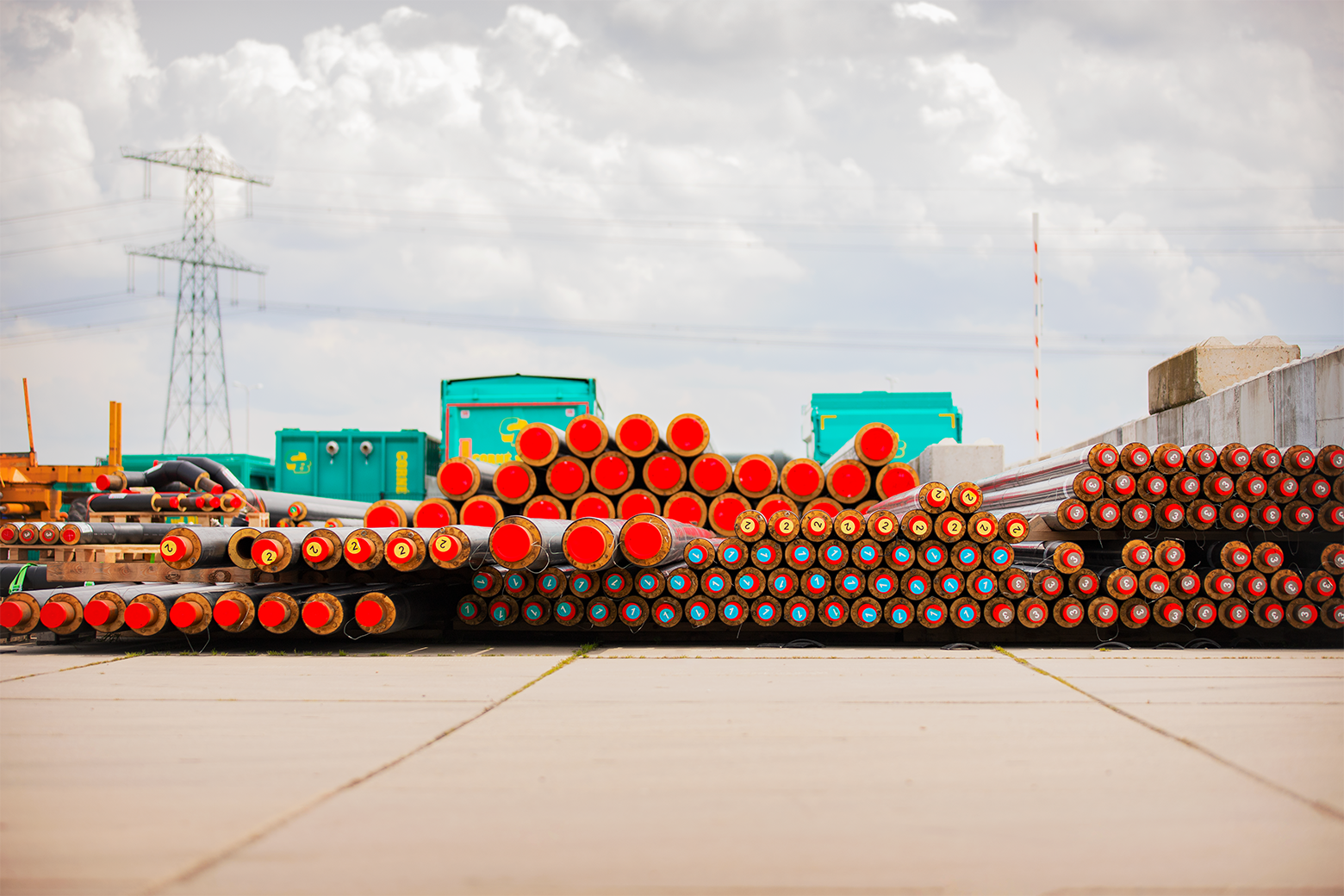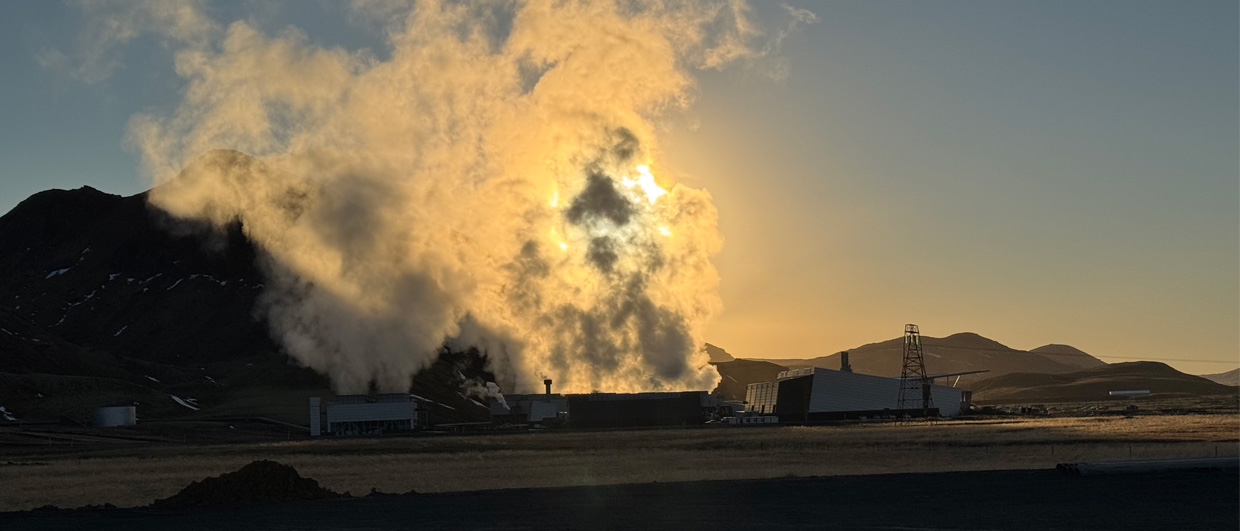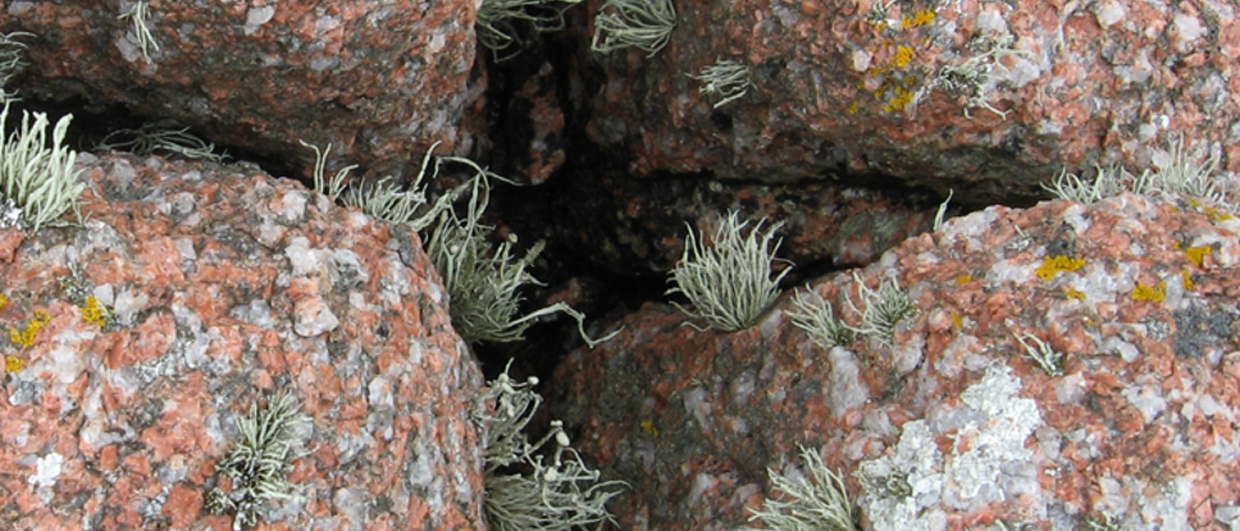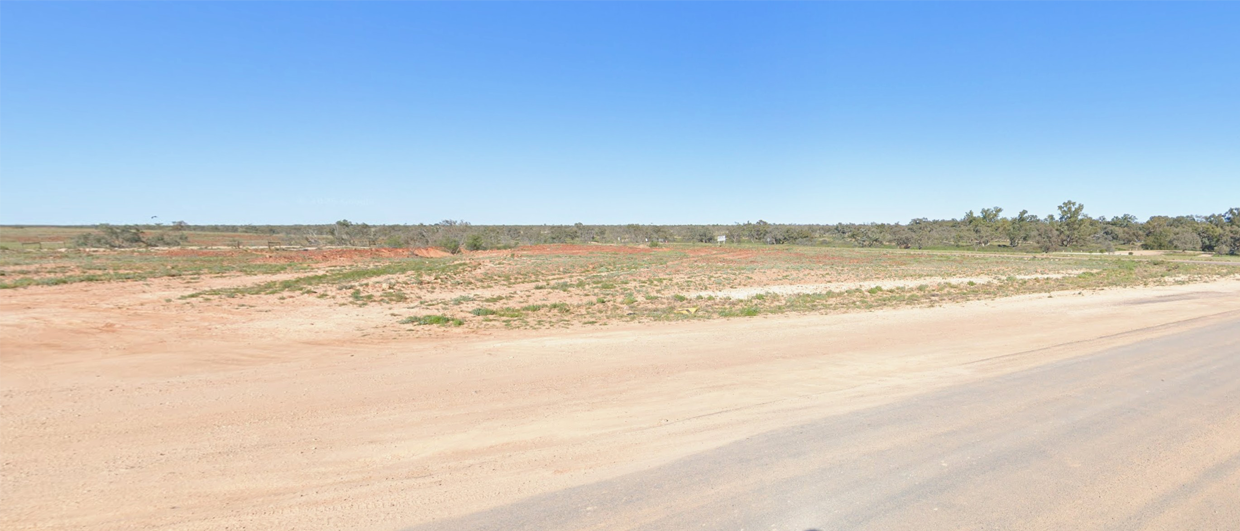The first geothermal wells in the Netherlands were drilled in the area called “Westland” where a large cluster of greenhouses is located. About twenty years ago, it was the desire to move away from gas and use a more carbon-neutral energy source that drove the commissioning of these projects.
In the meantime, the urge to make this happen has only increased, to the point that many greenhouse owners are now contemplating whether to stay in business or not because gas prices have put a lot of pressure on profit margins.
For decades, the industry has enjoyed cheap gas from the giant Groningen gas field. But as this field is being closed in, production from smaller domestic fields is rapidly declining and import from elsewhere is becoming problematic, all ingredients are there to come up with a new energy strategy.

Can’t come at a better time
Against this backdrop, the Maasdijk geothermal project that is about to kick off in the next few weeks can’t come at a better time.
Through drilling three production and three injection wells, the owners aim to realise a 40-60 MW project, which translates into the heat demand of between 40.000 and 60.000 homes per year. As a comparison, the Aarhus geothermal project in Denmark, where 17 wells may be drilled, the output is expected to be 110 MW.
The reservoir that is being targeted the Lower Cretaceous-Upper Jurassic Alblasserdam Member, which is known to be fairly heterogeneous and consists of a mix of fluvial sandstones, overbank fines and lignites. According to the project website, the reason for targeting this interval rather than the more homogeneous marine sandstones of the Vlieland Fm, is the extensive thickness of the Alblasserdam Member. The interval is estimated to attain 150 metres in thickness in the area.
The Maasdijk wells will be drilled in an area where the subsurface is well known, due to decades of oil and gas exploration and production. The abandoned De Lier field belongs to one of the earliest discoveries in the area and produced from 1952 to 1992. The Gaag and Maasdijk Triassic fields were discovered later and are still in production.
The shallower Cenozoic Maassluis and Oosterhout Formations are also being looked into for their potential to store high-temperature water at times of reduced energy demand.

A newcomer reservoir
The Alblasserdam Member has not been targeted in many geothermal projects yet. However, neighbouring geothermal project Maasland already extracts water from the Alblasserdam Member, so let’s have a look at the production figures. The graph below shows the volume of water produced over time since project start-up in 2018. It can be seen that following a period of a few hick-ups, production has been quite steady.

It is also interesting to note that the Maasland geothermal well produces associated gas. Looking at the amount of gas produced, the numbers are comparable to what well Gaag-05 produces from the Triassic reservoir of the Maasdijk field. Well Gaag-05 produced 139,000 m3 in January this year, while Maasland produced 134,000 m3 in the same month. The gas is used to heat the produced water of around 90 degrees C by a further 5 degrees C.
For now, let the drilling begin at Maasdijk.
HENK KOMBRINK





